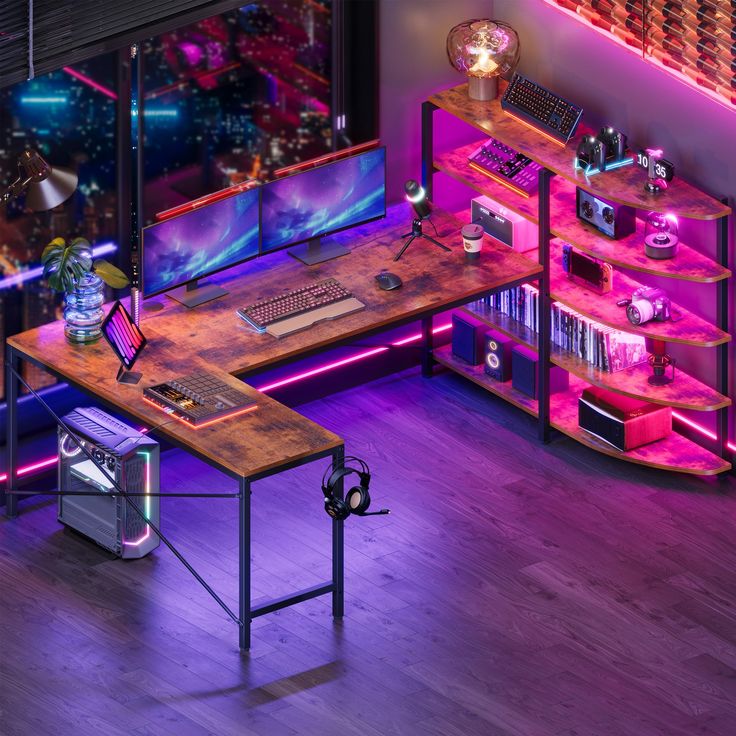In the rapidly evolving world of gaming technology, investing in a desktop that can keep up with future demands is essential for any serious gamer gaming desktop. A gaming desktop isn’t just about current specifications; it’s about ensuring longevity and the ability to adapt to new trends and games. Here’s what to consider when looking for a gaming desktop that will stand the test of time.

1. Powerful CPU
The heart of your gaming desktop is the CPU (central processing unit). For future-proofing, opt for a high-performance processor, such as AMD’s Ryzen series or Intel’s Core i7 or i9. These CPUs provide excellent multitasking capabilities and performance in demanding games. Look for a model with multiple cores and threads to handle future titles that may require more processing power.
2. Robust GPU
The graphics processing unit (GPU) is arguably the most crucial component for gaming performance. Choose a powerful GPU from reputable brands like NVIDIA (GeForce RTX series) or AMD (Radeon RX series). Pay attention to VRAM (Video RAM); at least 8GB is recommended for 1440p gaming, while 10GB or more is ideal for 4K. A strong GPU ensures you can enjoy the latest games at high settings without compromising performance.
3. Ample RAM
Memory is vital for smooth gaming and multitasking. For future-proofing, aim for a minimum of 16GB of RAM, with 32GB becoming more common for enthusiasts and content creators. Ensure the RAM is upgradeable, allowing you to add more in the future as games and applications become increasingly demanding.
4. Storage Solutions
Fast and ample storage can significantly enhance your gaming experience. Opt for an SSD (solid-state drive) as your primary storage for quicker load times and system responsiveness. A 1TB SSD is a good starting point, but consider a hybrid setup with additional HDD (hard disk drive) storage for games and media. This combination provides speed and capacity, making it easier to manage your game library.
5. Upgradeability
One of the key aspects of future-proofing is the ability to upgrade components over time. Choose a desktop with a spacious case and a motherboard that supports the latest standards (like PCIe 4.0 or 5.0) and has enough slots for additional RAM or GPUs. This flexibility allows you to enhance performance without needing to buy an entirely new system.
6. Cooling System
As games become more demanding, effective cooling becomes essential to maintain performance and longevity. Look for desktops with efficient cooling solutions, such as liquid cooling systems or high-quality air cooling. Good airflow and temperature management prevent thermal throttling, ensuring your components run smoothly during intense gaming sessions.
7. Power Supply Unit (PSU)
A reliable power supply is crucial for system stability and longevity. Choose a PSU from a reputable brand with a good wattage rating (at least 80 PLUS Gold certified) to support future upgrades. A quality PSU not only ensures safe power delivery but also protects your components from electrical issues.
8. Monitor Compatibility
Finally, consider your monitor and how it will affect your gaming experience. Ensure your desktop can support higher resolutions and refresh rates. A setup with a GPU capable of 144Hz at 1440p or 4K will provide a smoother and more immersive experience.
Conclusion
Investing in a future-proof gaming desktop means looking beyond the current gaming landscape. By focusing on powerful components, upgradeability, and compatibility, you’ll ensure your setup remains relevant for years to come. Whether you’re a casual gamer or a competitive enthusiast, choosing wisely will allow you to enjoy the latest games without the constant need for upgrades.